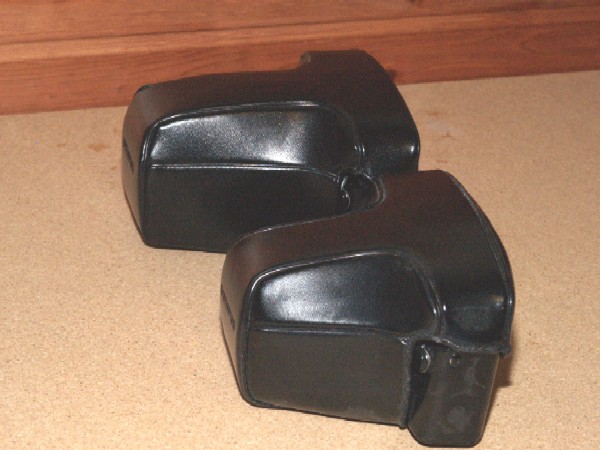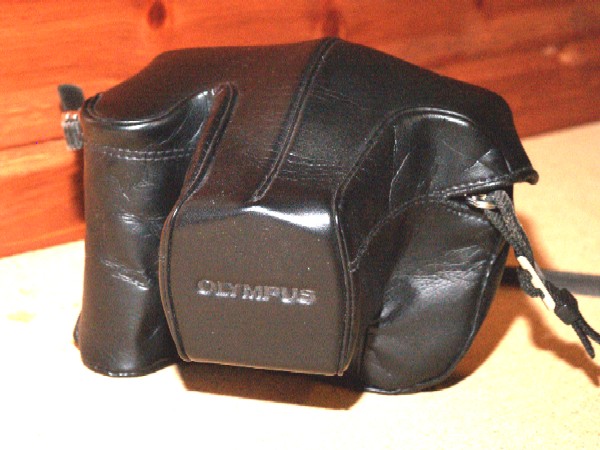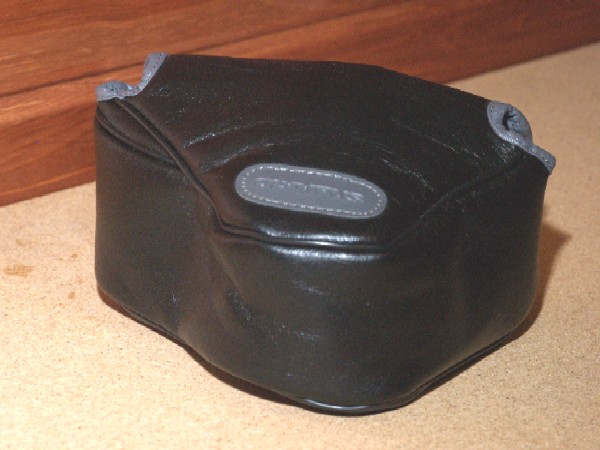Time and time again, you'll see a for sale notice: "Olympus ERC - to fit
all Olympus OM Series cameras". The seller is usually completely
unaware that there were actually many different designs of case, and many were
tailored to fit only certain models of the OM range. The majority
of good condition cases being sold at auction are for the OM-10.
OM-1, -1N, -2, -2N, -2SP, -3, -3Ti, -4, -4Ti
|
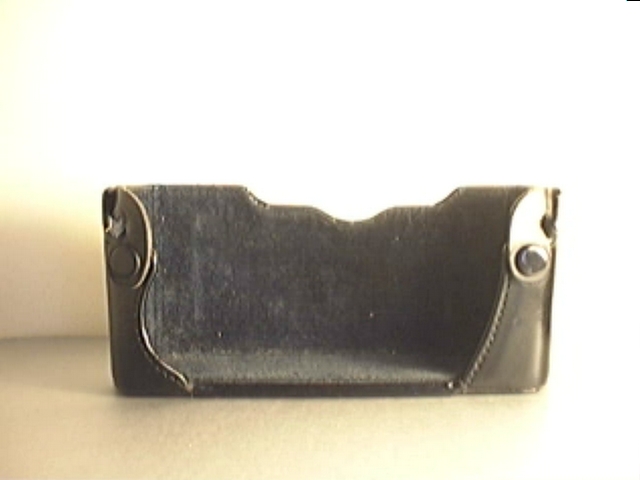 |
OM-1, 1N, 2, and 2N all have a rotating mechanical switch on the front
right of the camera body, and the cases are shaped to leave this clear.
The OM-2SP, -3, and -4 have a smaller switch in the same place |
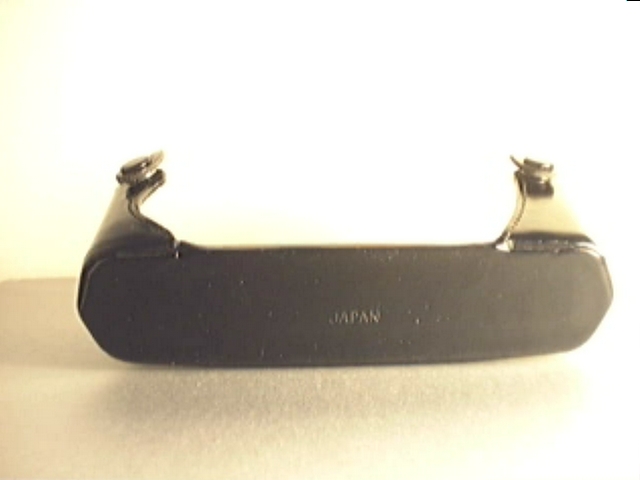 |
All of the single-digit bodies have angled ends, and the cases are shaped
to match. |
OM-2SP, -3, -3Ti,
-4, -4Ti |
|
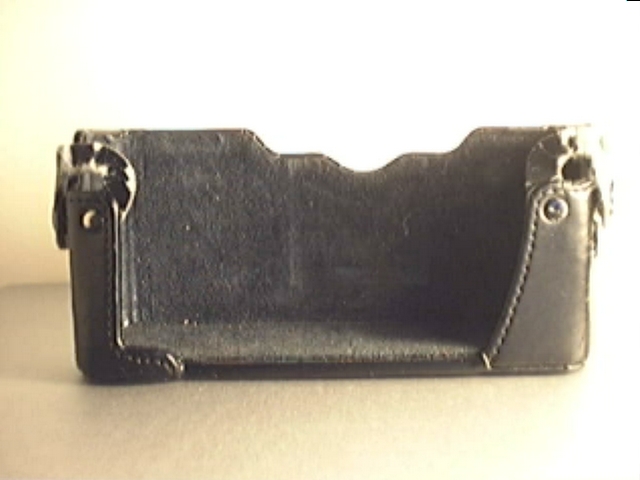 |
The more recent single digit bodies could take an optional camera grip
on front right of the camera. The strong vertical line matches the
inner edge of the grip.
Note that the rotating timer switch is still unobstructed, although the
cameras with the grip all had the electrical switch. |
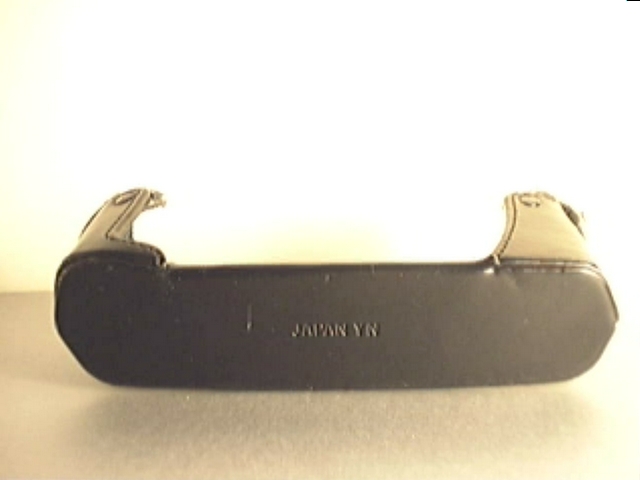 |
The case is slightly wider at the right side to allow for the grip bolted
on. When used on a body without the grip, there's slightly too much
space inside the case. |
OM-10 |
|
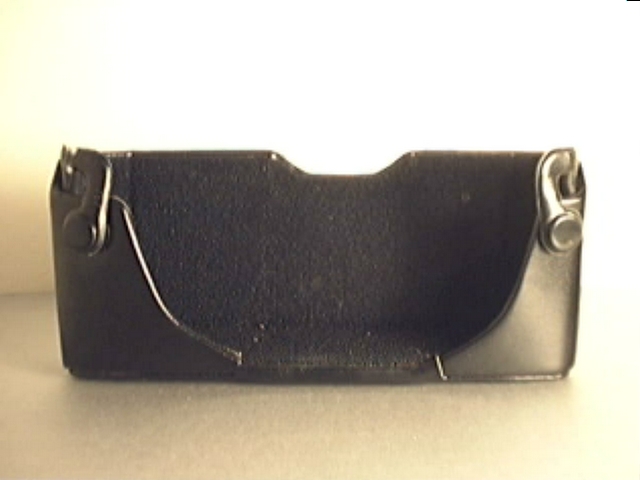 |
Compared with cases for the single-digit bodies, the OM-10 case covers
far more of the front of the camera body.
Note that the front of the case is curved in under both sides of the
lens mount.
The straps which attach the case to the camera are fibreboard with a
thin black shell. The shell invariably cracks with use, revealing
the light coloured board underneath. |
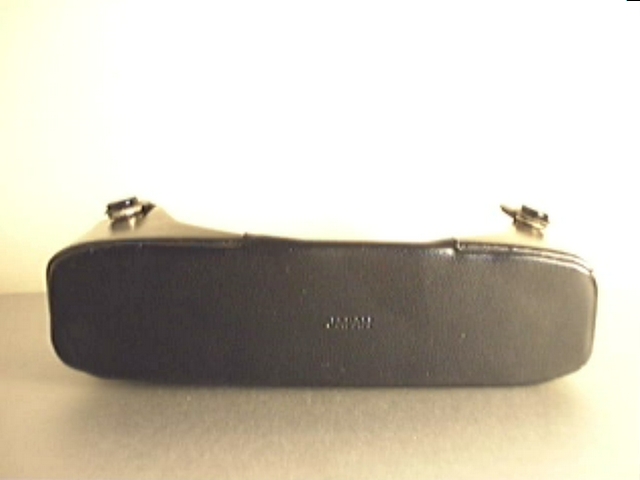 |
The OM-10 has flat ends. Compare with the angled ends of the single-digit
cases above. |
OM-20 & OM-30 |
|
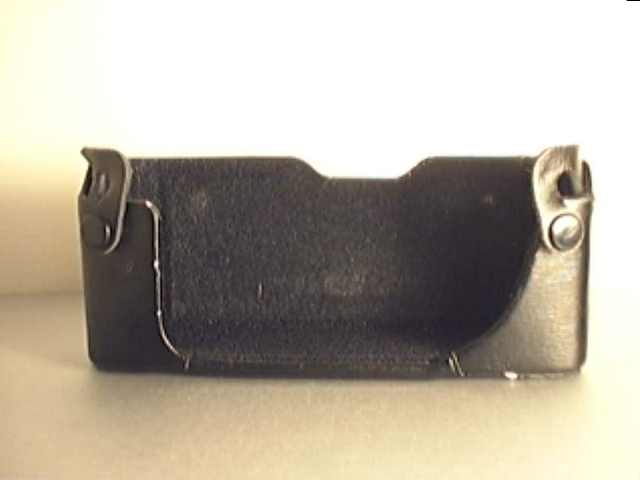 |
OM-20 and OM-30 have a slightly different shape of case. The
OM-20 has a camera grip on the front right of the camera, and the case
lines up with the edge of the grip.
The OM-30 has the battery compartment on the front of the camera body,
with additional grip on the battery compartment cover. The case
leaves the cover clear.
The fixing straps on this case were usually natural leather, and last
much better than on the OM-10 cases. |
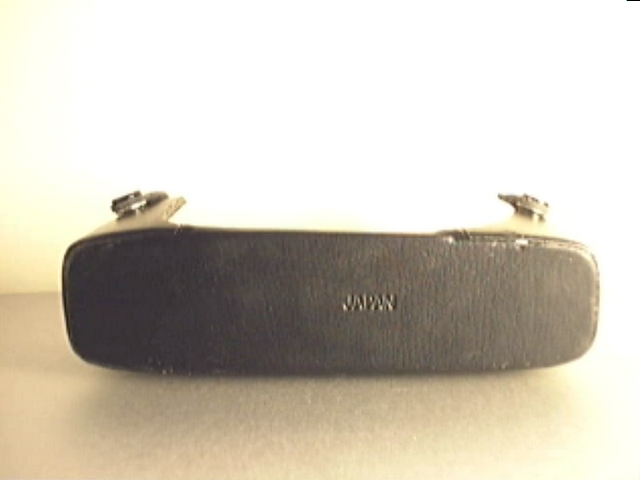 |
Like the OM-10, the OM-20 and OM-30 both have flat ends. The case
is slightly deeper at the right hand side to allow for the camera grip on
the OM-20. |
OM-40 |
|
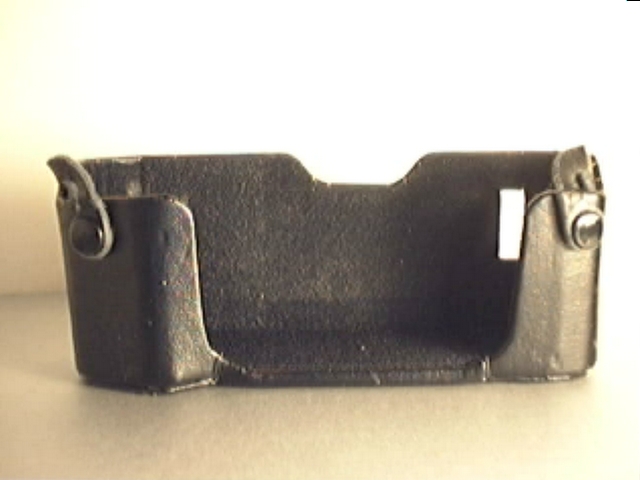 |
The OM-40 has a contoured right hand side to make it easier to grip.
The case is contoured to match. There's also an opening on the back
of the case corresponding to the window into the film compartment.
(None of the earlier OM bodies had a film compartment window.)
As with the OM-20/30 case, the fixing straps are leather, and usually
last. |
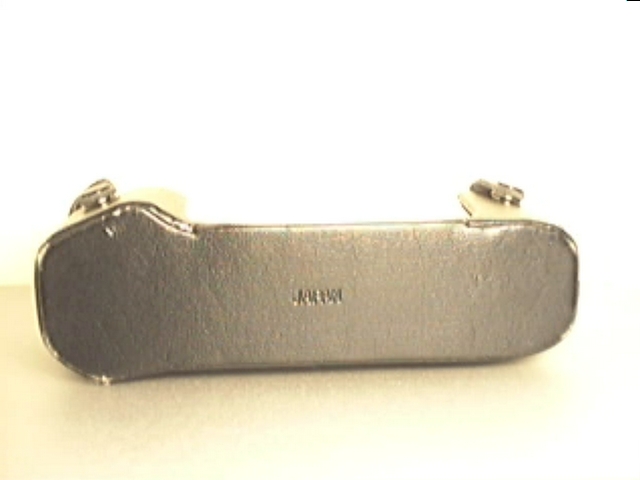 |
The shape of the integral grip on the OM-40 is very evident on the underside
of the case. |
OM-2000 |
|
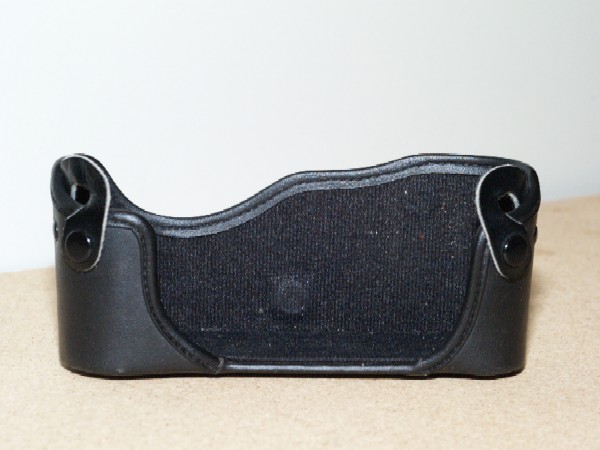
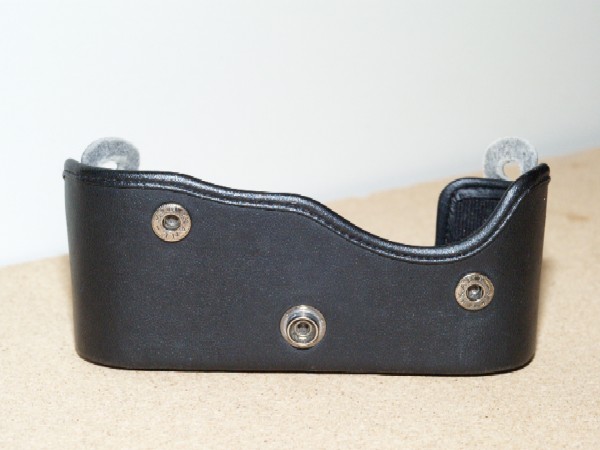 |
The case for the OM-2000 is obviously not from the same stable as the
other OM cases. The seller of this one wasn't entirely sure it was a genuine
Olympus case.
The back of the case is unusual with the two studs for attaching the
case front are at different heights. None of the standard or long-nosed
OM case fronts will fit.
|
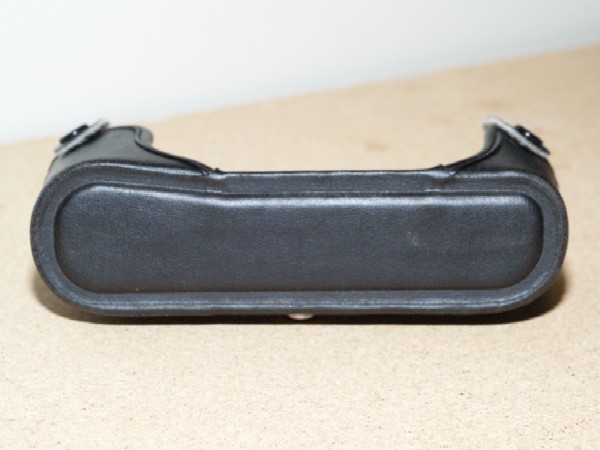 |
Again, the base of the case for the OM-2000 reflects the shape of the
body for which it is intended, with an integral grip on the right hand
end of the body.
However, the shape is deceptive: The camera ends are slightly flattened,
but the curve on the case goes around an external hinge on either end.
What's not obvious from the picture is that the case is significantly
larger than the other OM cases: The OM-2000 appears to be a mm or so wider
and a couple of mm deeper than the proper OM-System camera bodies. |
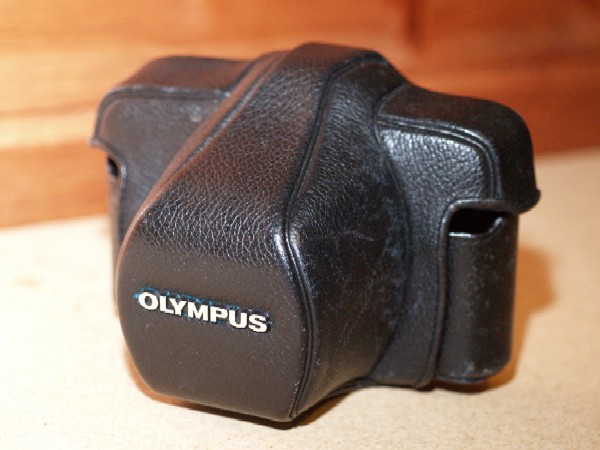
|
Early cases for the single-digit bodies had a complicated box around
the pentaprism.
The Olympus logo is chromed plastic. |
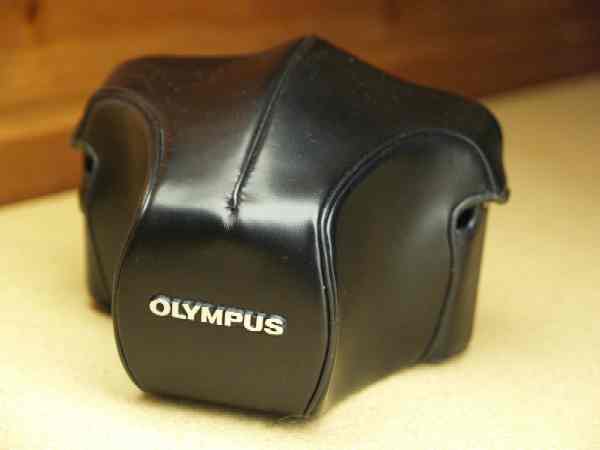 |
For single-digit bodies, the later-style cases usually had a single
high seam running up the middle of the case.
This case was available in black, dark brown (below), and light brown.
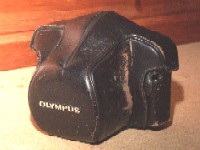
|
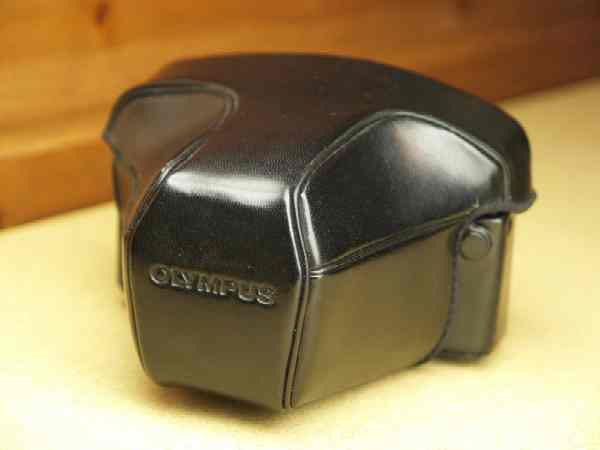 |
The OM-10 cases had a very flat upper surface, with seams on the sides
of the snout.
The Olympus logo is embossed into the leather on the front of the case.
|
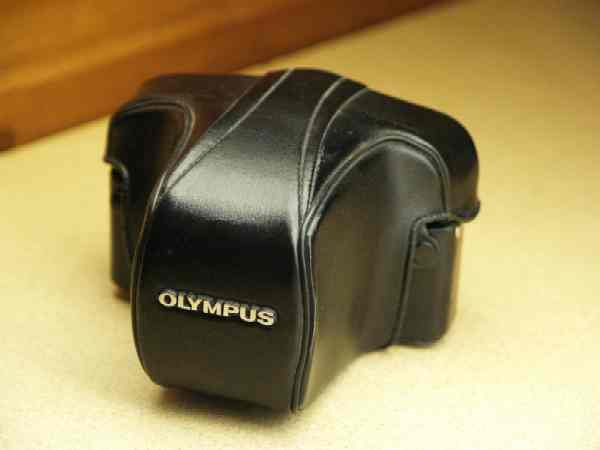 |
OM-20/30 and OM-40 cases had a more elaborate pattern of four seams running
back across the top of the case, like the early cases but much flatter.
The Olympus logo is chromed plastic.
|
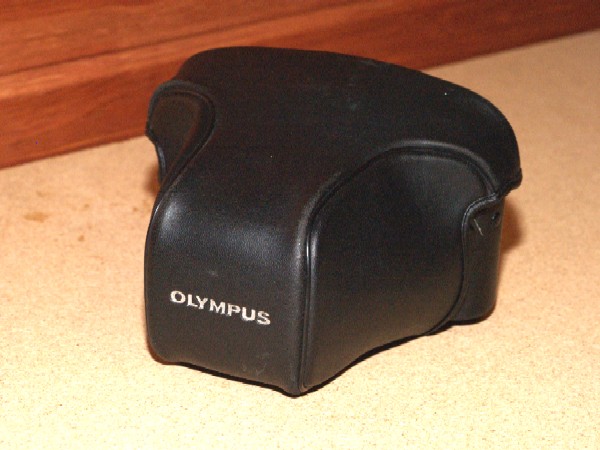 |
OM-2000 case front is slightly more basic than the others: Flat topped
like the OM-10 case and flat sided like the OM-20 case.
The Olympus logo is embossed into the case, then painted white. (The
lens caps on the two lightweight zoom lenses for the OM-2000 also had
a white printed logo.)
The nose of this case is fractionally longer than the cases for other
cameras to accomodate the slightly deeper camera body and its standard
35-70mm lens. |
There were also various long-nosed cases to take the cameras with telephoto
lenses. This picture shows the 135N case front alongside a standard 14N case
front - both for OM10.













